Old-school exfoliation is back! Here's how to use face scrubs for glowing skin
Is anything more satisfying than a physical scrub? Get to know the modern exfoliants that smooth without scratching
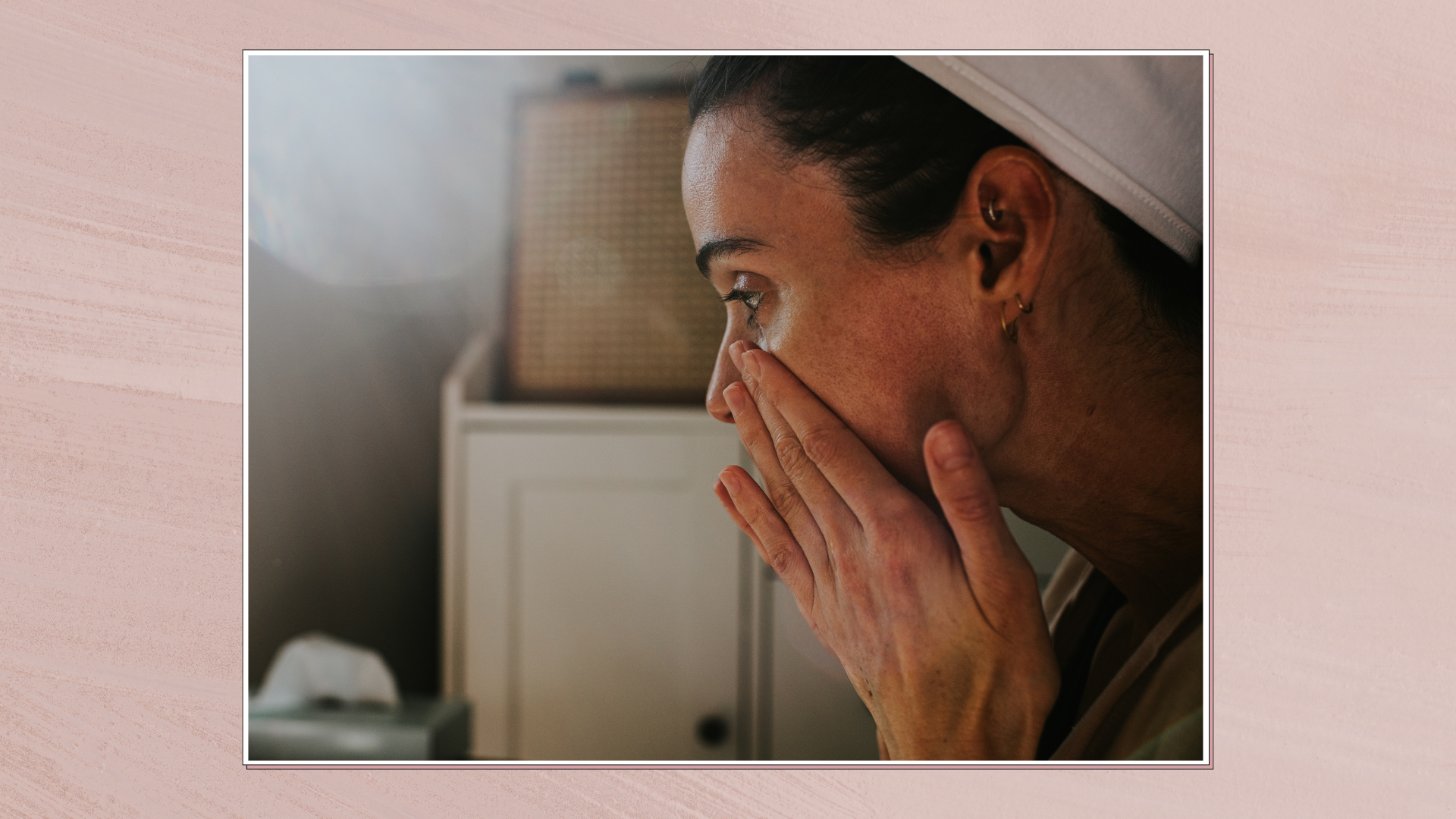

After years in the beauty wilderness, physical face scrubs are making a comeback. We’ve largely eschewed them since the potential damage from harsh ingredients like ground walnut shells in scratch-your-skin-off textures was revealed. Coinciding with exfoliating enzymes and acids becoming hot skincare tickets, manual versions all but disappeared from our bathrooms.
But now there’s a reset; scrubs with gentle, rounded beads and finely milled powders promise to be the best facial exfoliators for tackling skin-dulling dead skin cells and flaky patches while boosting smoothness and luminosity. “Formulations have come on leaps and bounds,” enthuses Charlotte Connoley, a renowned facialist. “Sharp shells like apricot can harm the skin’s surface via micro-lacerations and cuts, causing it to become inflamed and sensitised. A modern manual exfoliator will use circular beads, meaning they roll over rather than tear skin. Jojoba beads are used for exactly this reason as they are natural yet spherical.”
Intrigued? Here’s the expert track on how to use a face scrub for your skin type, knowing physical from chemical exfoliants, plus getting the most from new, non-abrasive formulas.
How to use modern face scrubs - and are they good for your skin?
Be assured that scrubs simply speed up the natural process of skin shedding its outermost layer. “Exfoliating ensures that flakiness and dead cells on the top layer are removed to reveal a brighter, smoother complexion, which also helps other skincare to absorb and make-up to sit better,” says Connoley.
Leading Scottish facialist Nicola Russell, otherwise known as The Skin Geek, who runs clinics in Falkirk and London and has tended to the complexions of Minnie Driver and Olivia Williams, agrees. "Manually exfoliating also increases the circulation, boosting that overall glow," she explains. "For beginners in skincare, a scrub is simple to understand as it does what it says on the tin!” Another benefit is that experts report we don’t tend to overuse manual exfoliators, making them potentially more skin barrier-safe.
How to use a face scrub gently
While reading the instructions is a must as face scrubs vary between formulas, there are some simple guidelines to get you started. “Unless it says otherwise, applying to damp skin is usually best,” advises Russell. “Use gentle pressure and small circular motions for no more than 30 seconds then remove with water. Remember, manual exfoliators are designed to buff off dead skin, not ‘scrub’ it for a prolonged amount of time or you risk sensitising.”
As for how often, Russell recommends getting to know what works for your skin so you aren’t causing redness or inflammation: “Balanced skin can be exfoliated every one or two days, while acne-prone complexions can try two to three times per week. If skin is dry, sensitive or mature, once a week might be enough.”
Sign up to our free daily email for the latest royal and entertainment news, interesting opinion, expert advice on styling and beauty trends, and no-nonsense guides to the health and wellness questions you want answered.
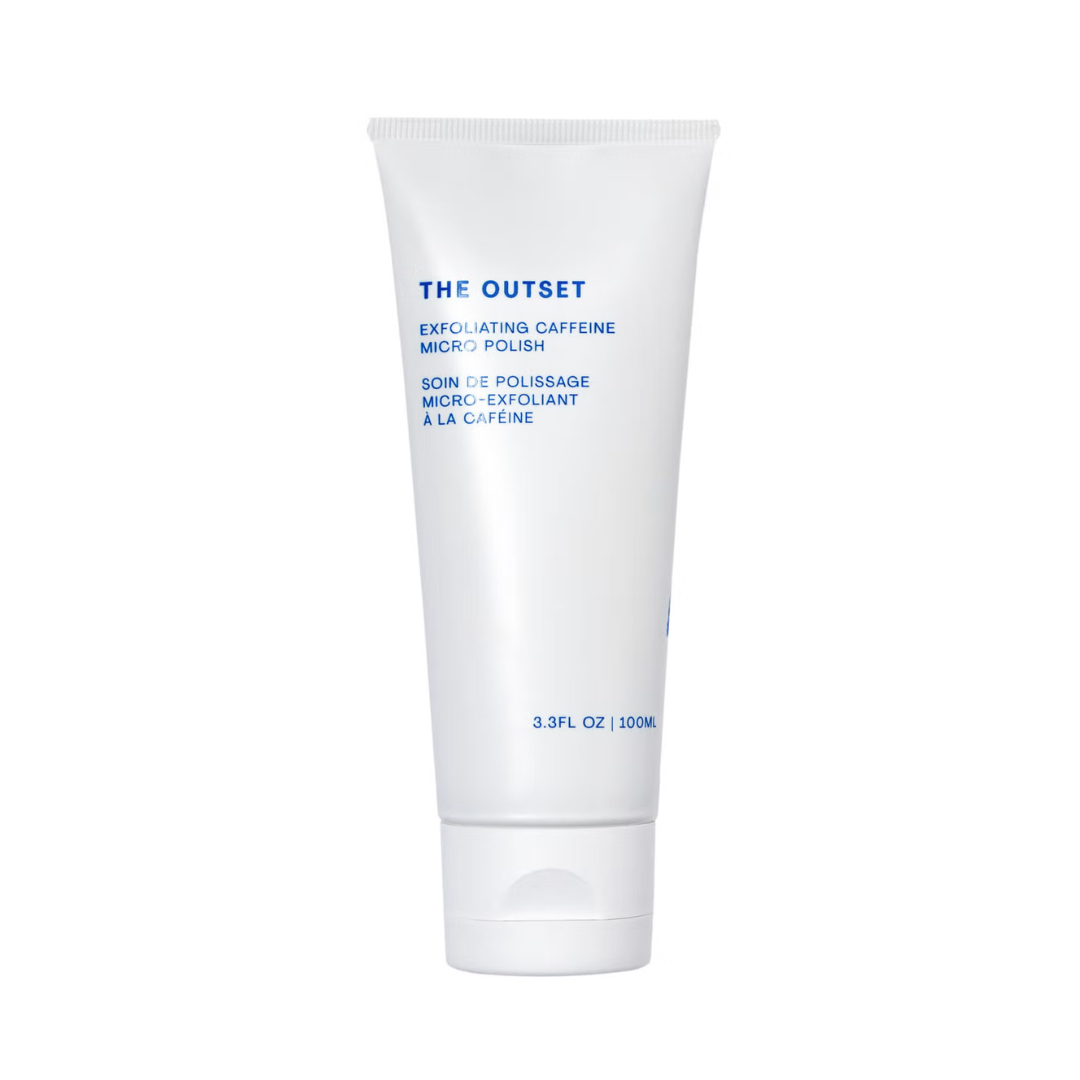
RRP: £34
If your complexion is generally well-behaved but needs a regular refresh, this thick gel does the trick while doubling as your AM or PM cleanser. That said, it was created by and for sensitive-skinned Scarlett Johansson. Fine granules of volcanic glass do the buffing while caffeine ramps up blood circulation to boost glow.
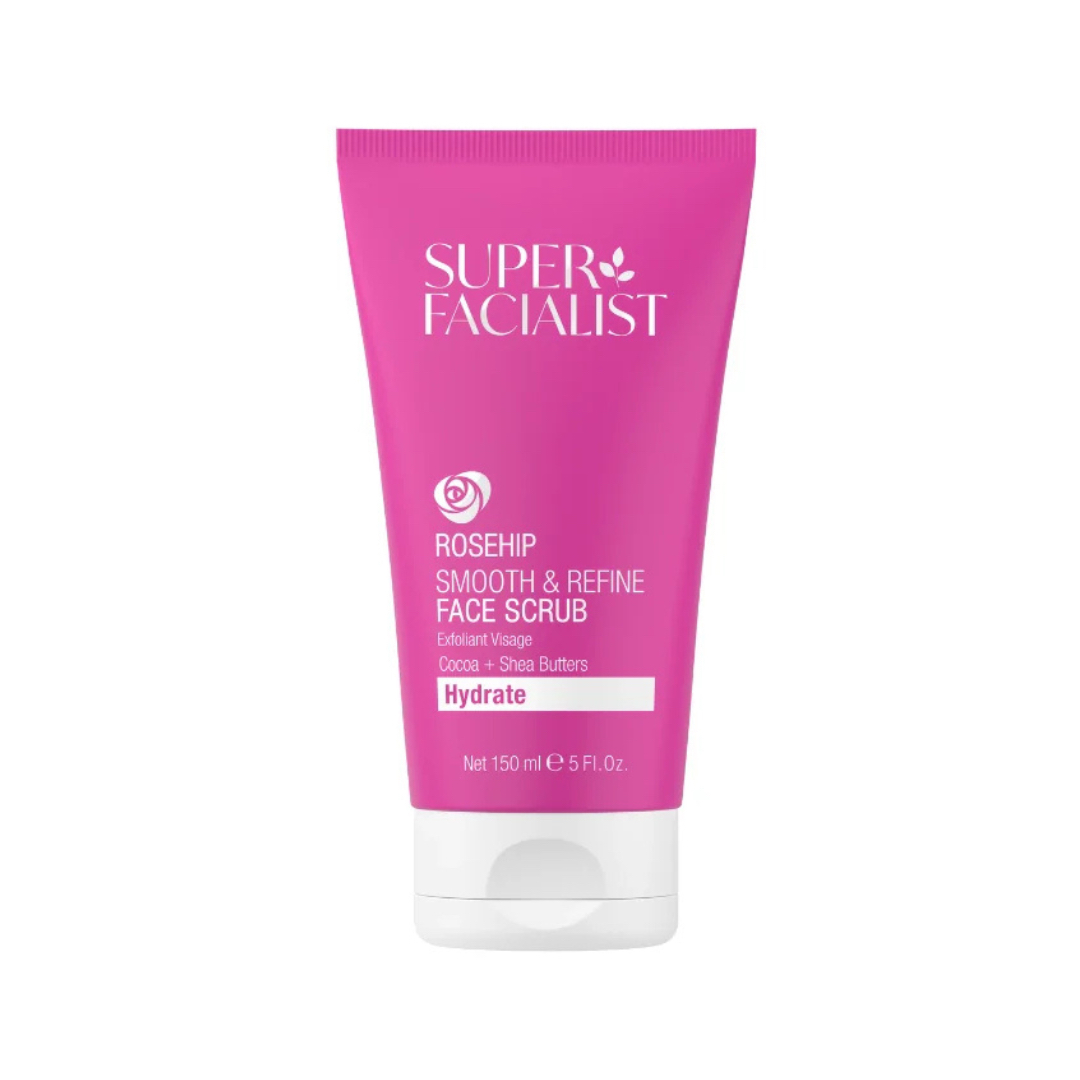
RRP: £10
You can feel the gentle biodegradable particles softly sloughing away dead cells and dirt so is ideal if you want to exfoliate twice a week. The cream is packed with comforting, natural hydrators including cocoa and shea butter, plus marshmallow extract, while vitamin-rich rosehip seed oil soothes any irritation as it locks in moisture.
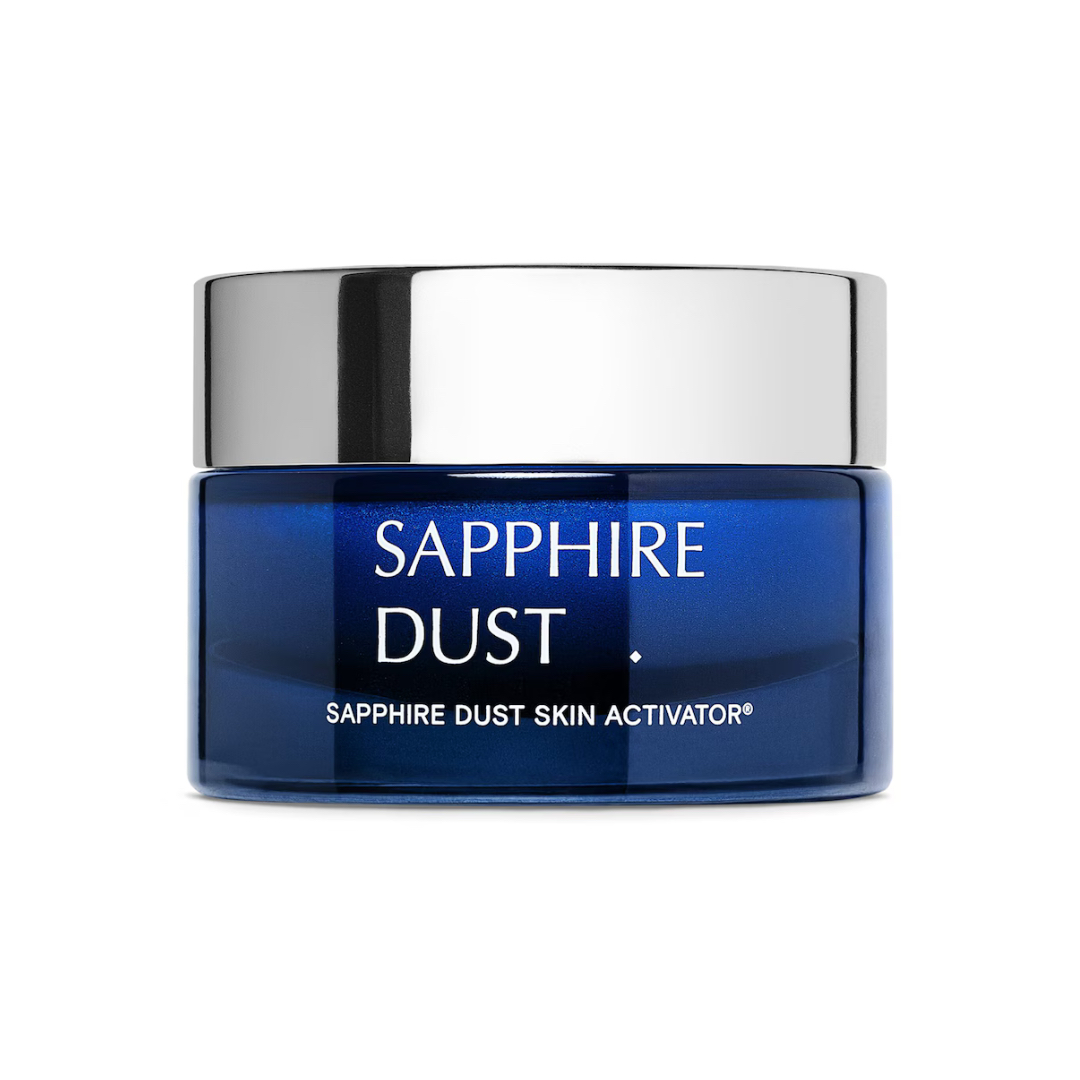
RRP: £95
Created to mimic the benefits of a resurfacing treatment like microdermabrasion, the deliciously gooey texture transforms into a thick, fizzy foam, allowing ultra-fine sapphire particles to get to work. Polishing the surface for instant luminosity and an even tone, the precious stones also ‘activate’ it to better absorb the skincare you apply next.
The best face scrubs for your skin type
Where outdated exfoliators tended to be one-size-fits-all, today’s physical face scrubs cater to all complexions from oily to sensitive, with base formulas and buffing ingredients carefully selected to best care for your skin and what it needs to get glowing and feel flake-free.
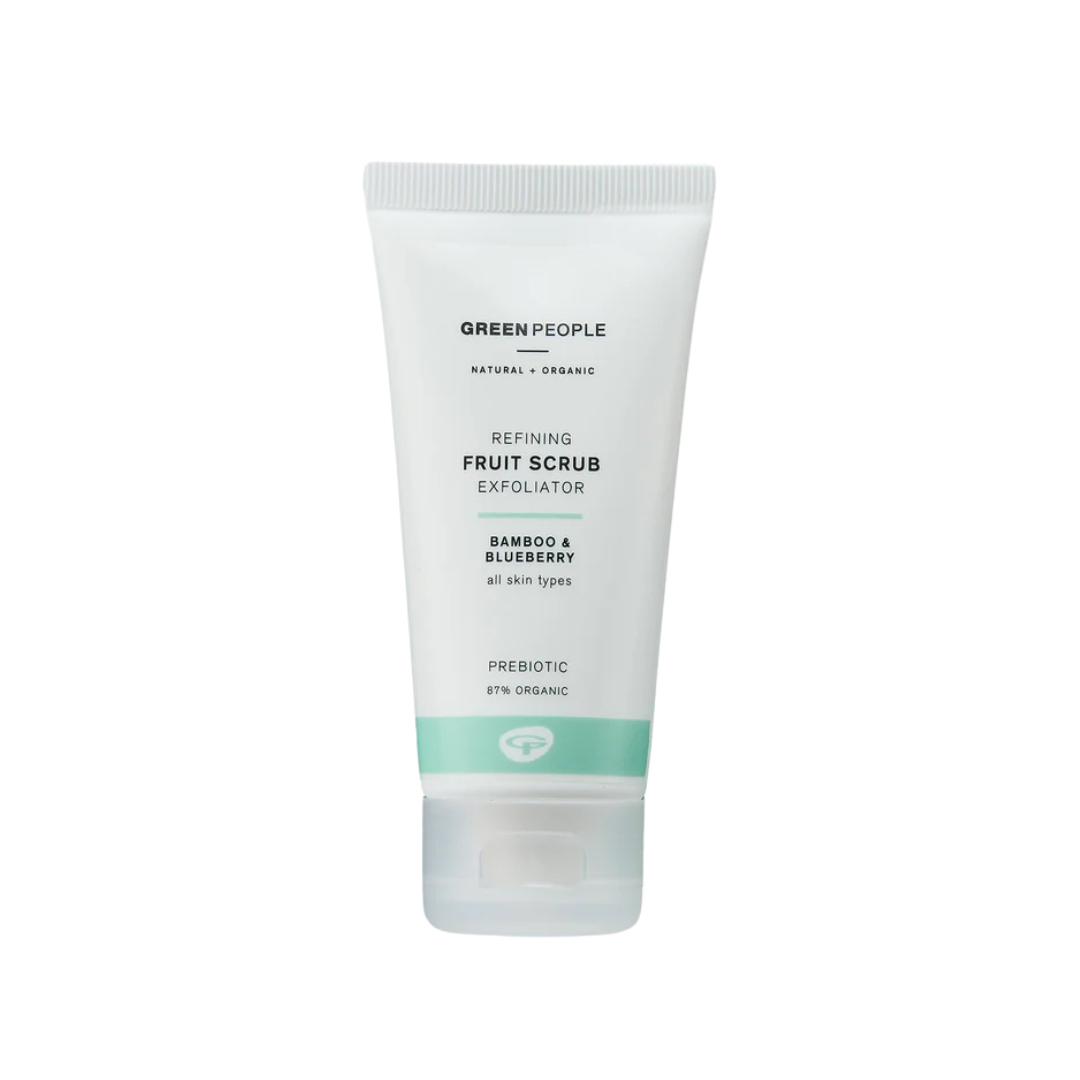
RRP: £21.50
Super-fine particles of bamboo and bilberry extract will give a light, gentle exfoliation and are used alongside mild AHAs to make skin look bright and fresh. If your skin is sensitive, the soothing base of aloe vera and shea butter will keep it calm and hydrated, so this refreshing fluid is ideal for easily irritated complexions.
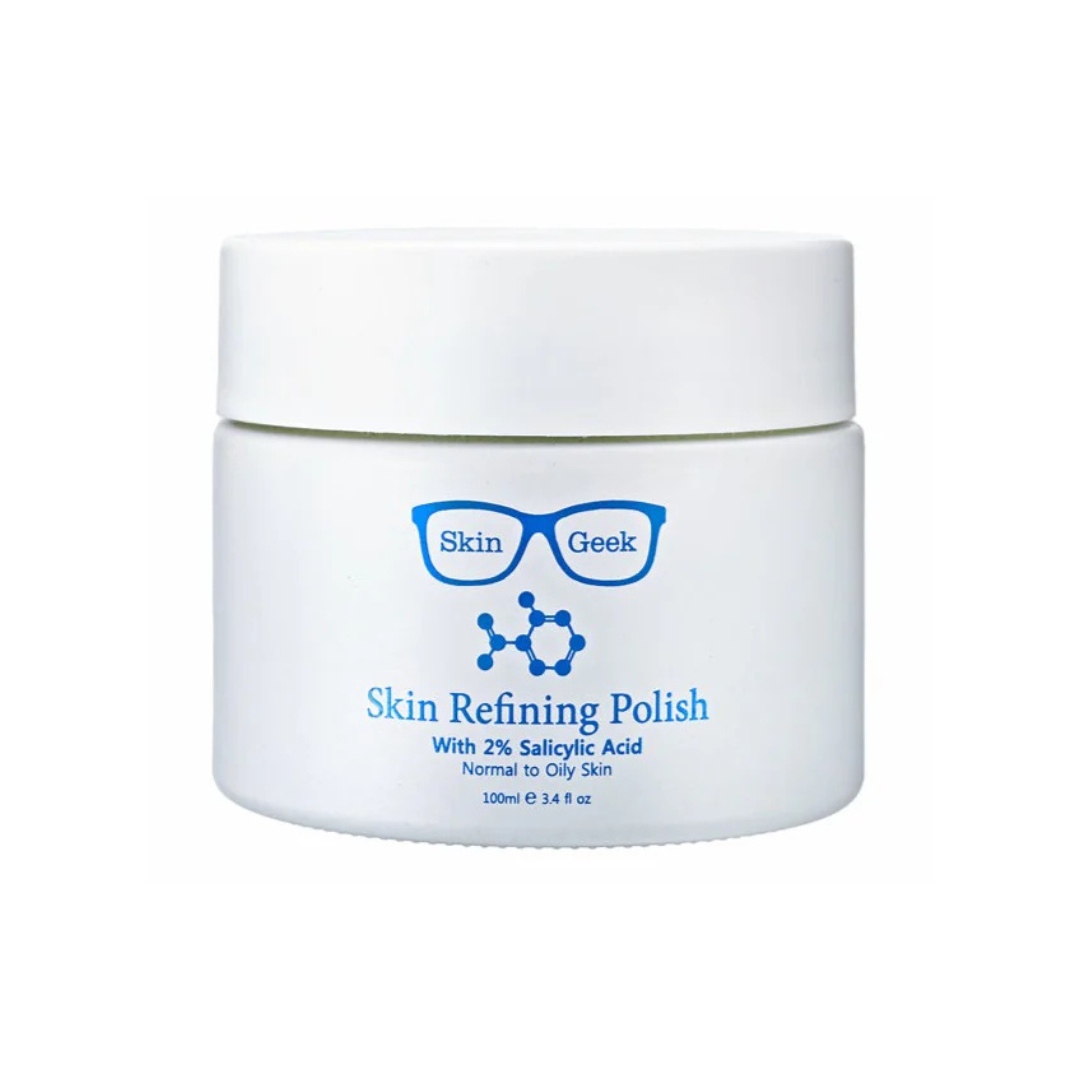
RRP: £42
Made with smooth, uniform aluminium crystals that are so fine they don’t feel like you’re buffing away dulling dead cells until you see the radiant result afterwards. For skin on the oilier side, added salicylic acid brings the extra benefit of working to unclog pores and calming angry, red outbreaks.
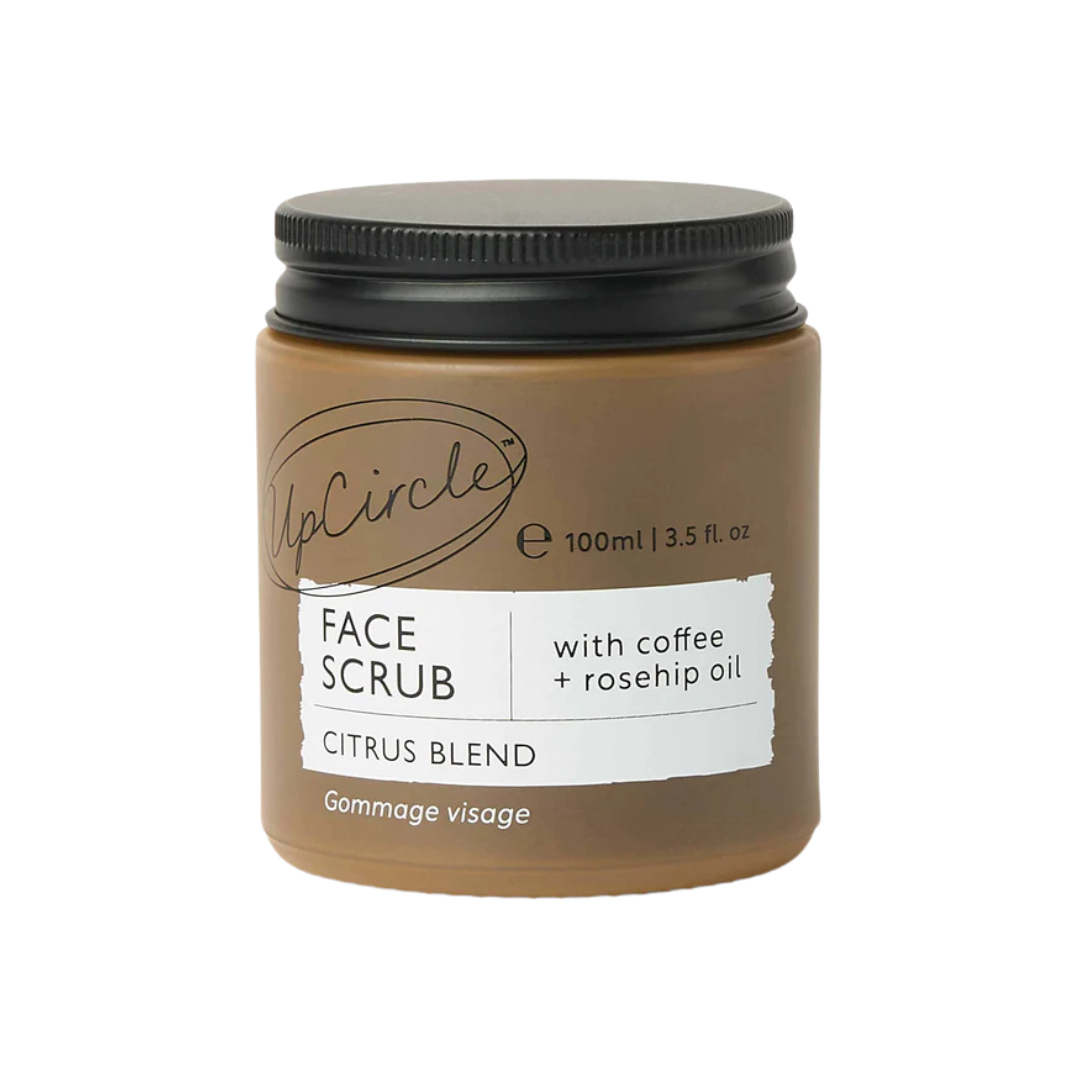
RRP: £17.99
Coffee seed powder, upcycled from Arabica grounds that have been used in artisan coffee shops, is the active physical exfoliator here. The tiny granules are visible but very gentle and extra orange oil will soothe any redness as shea butter makes sure dry skin is nourished and softened post-scrub.
Make your face scrub a multi-tasker
If you want some serious bang for your buck, there are also smart exfoliating formulas that come ready as a 2-in-1, or will transform into another skincare essential, underscoring just how adaptable face scrubs are. "With a scrub, you can customise it easily,” agrees Russell. “For example, you can mix it in with your cleanser to make an exfoliating wash, or add more water to the scrub and lighten your pressure as you work it in when you want a gentler polish."
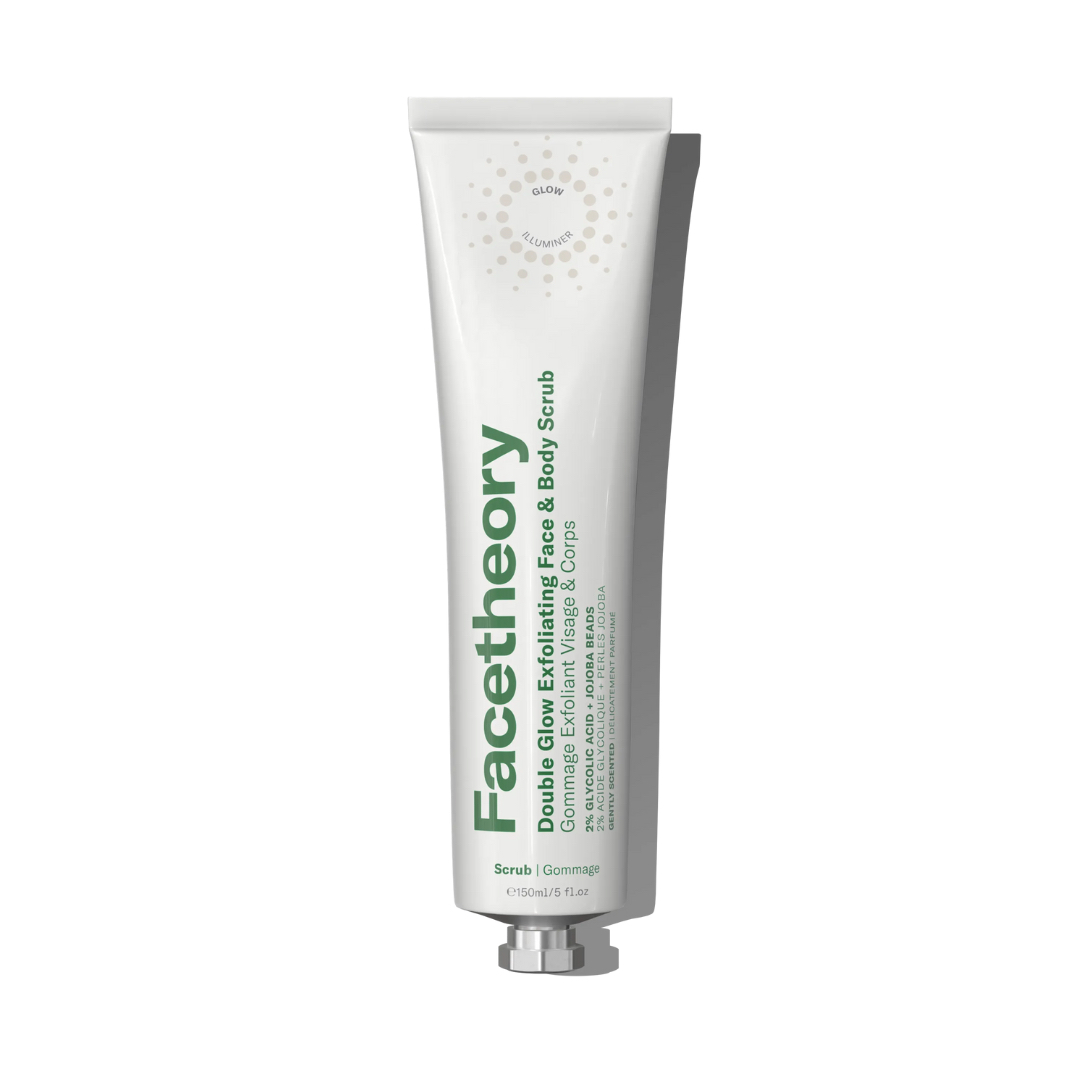
RRP: £15
Mint-coloured and mandarin-scented, if you’re oily or breaking out below the neck as well as above, introduce this to your shower routine. The jojoba beads will help remove pore-clogging dead cells and debris on the surface before dissolving, as added glycolic acid helps unglue deeper, sticky bonds that slow down cell’s renewal process.
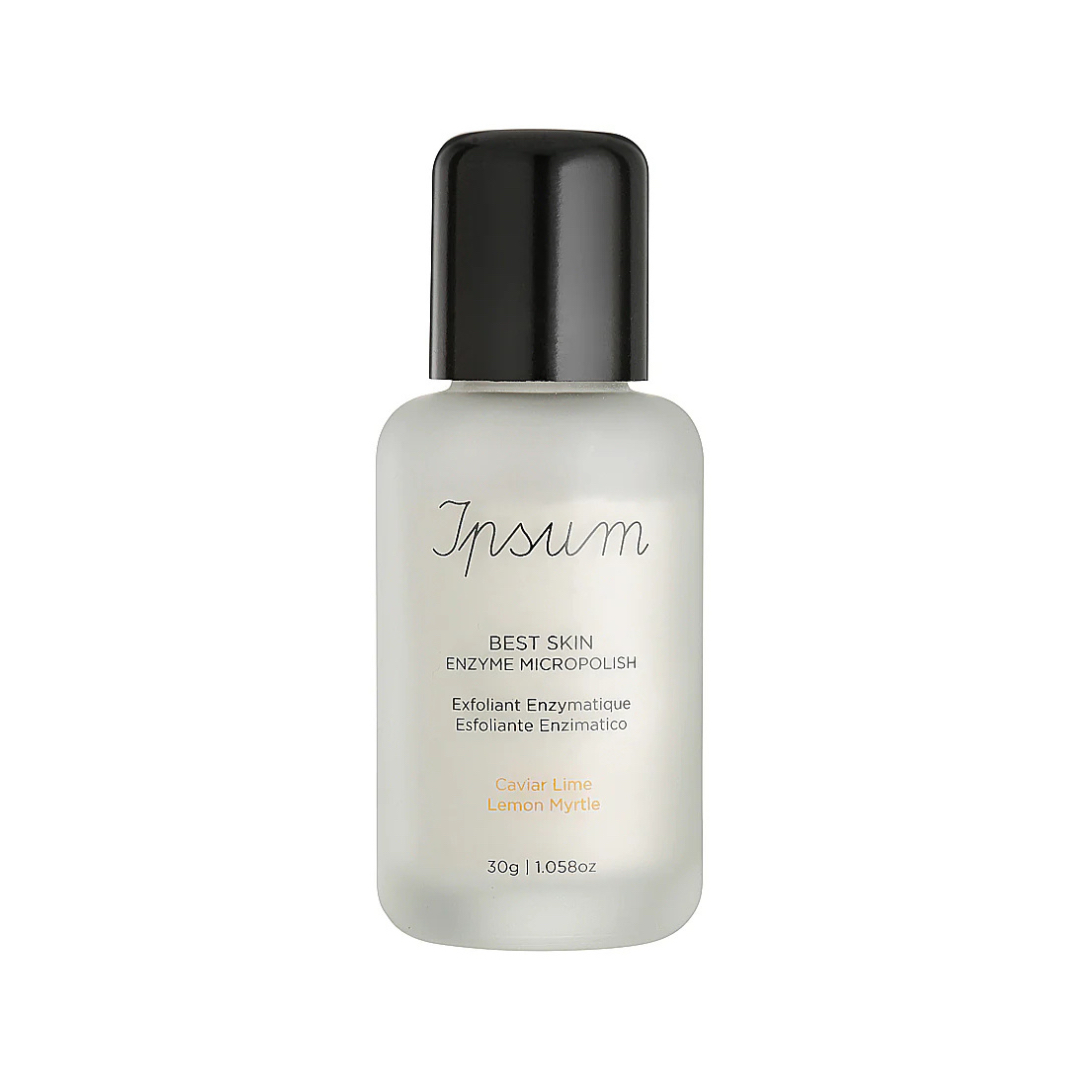
RRP: £36
Don’t be fooled by this powder that’s so finely milled it sprinkles out like dust: the featherlight mix of rice and kaolin with added enzymes really packs an exfoliating punch. Tip a teaspoonful into your hand and mix with cleansing balm or oil for a smoothing and brightening deep treatment once or twice a week. This one works best on dry skin.
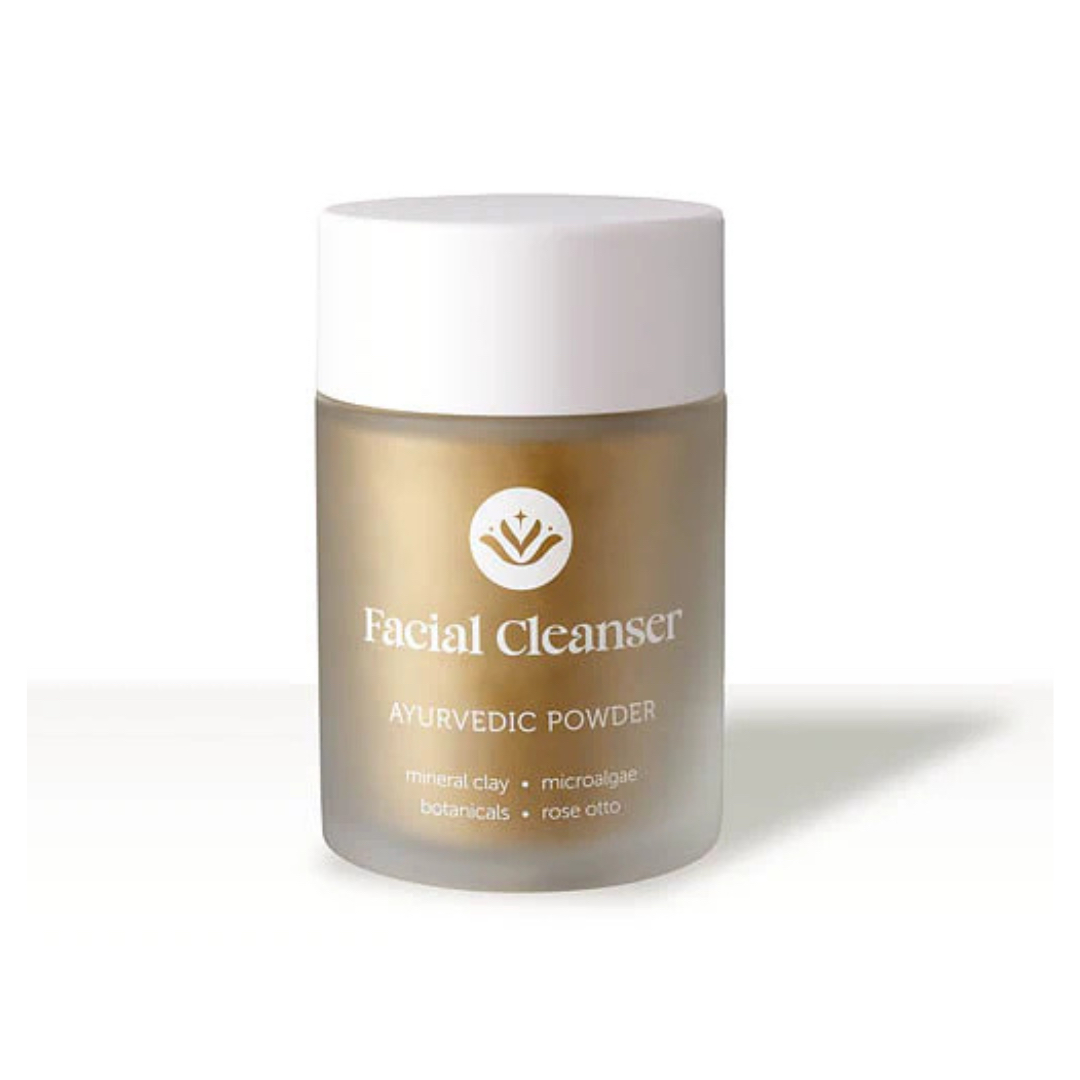
RRP: £27
Mung beans, almonds and mineral clay are the physical exfoliants in this vegan, preservative-free face scrub that starts as an airy powder but transforms into a scrub when mixed with a little oil, aloe gel or water. Gentle enough that you can use it daily, it can be left on as a mask to better tackle dullness, breakouts and acne scarring without irritating.
Manual vs chemical exfoliators: what's the difference?
“Manual or physical exfoliators, whether they are scrubs, cloths or devices, remove the top layer of dead skin cells,” explains Connoley. “They work on the surface and won't penetrate the skin. Chemical exfoliants are usually glycolic acid or [other] alpha hydroxy acids (AHAs) such as lactic and malic acids, which have molecules small enough to work deeper and into the pores to release dirt and impurities. They also hydrate the surface while exfoliating.” You can also find clever combinations of both in thoughtfully balanced formulas. Meanwhile, think of enzymatic exfoliating ingredients such as papaya and pineapple extract as Pacmen, gobbling up and dispensing of dead skin cells on the surface.
The speed factor – chemical exfoliators usually have to be left on the skin for a few minutes like a face mask – makes manual scrubs more appealing for some. But there’s also the issue of sensitivity, as those with more delicate complexions can find acid and enzyme-based formulas irritating. “Manual scrubs tend to have fewer allergens than a chemical exfoliator," says Russell. “So chemical exfoliators containing an acid to dissolve skin and sebum are more reactive than a manual ingredient, just by the nature of what it does.” She champions manual face scrubs for the pleasure principle, too, adding, “There can be something satisfying about using one as the sensation feels much fresher and cleaner. They offer immediate gratification."

Journalist and author Caroline has been writing about beauty, from cosmetics and wellness to spas and skincare, for over 25 years and has won two prestigious Jasmine Awards, which recognise excellence in writing about perfume.
Formerly Beauty Features Director at Marie Claire, she has contributed to titles including Elle, Grazia, the Financial Times, Telegraph, Evening Standard and Sunday Times Style magazine. She also works with global trend forecasting company Beautystreams to create a library of runway coverage during show seasons. Her Instagram (@carolinesbrien) is devoted to work, travel, her nephews and being an unapologetic film nerd.